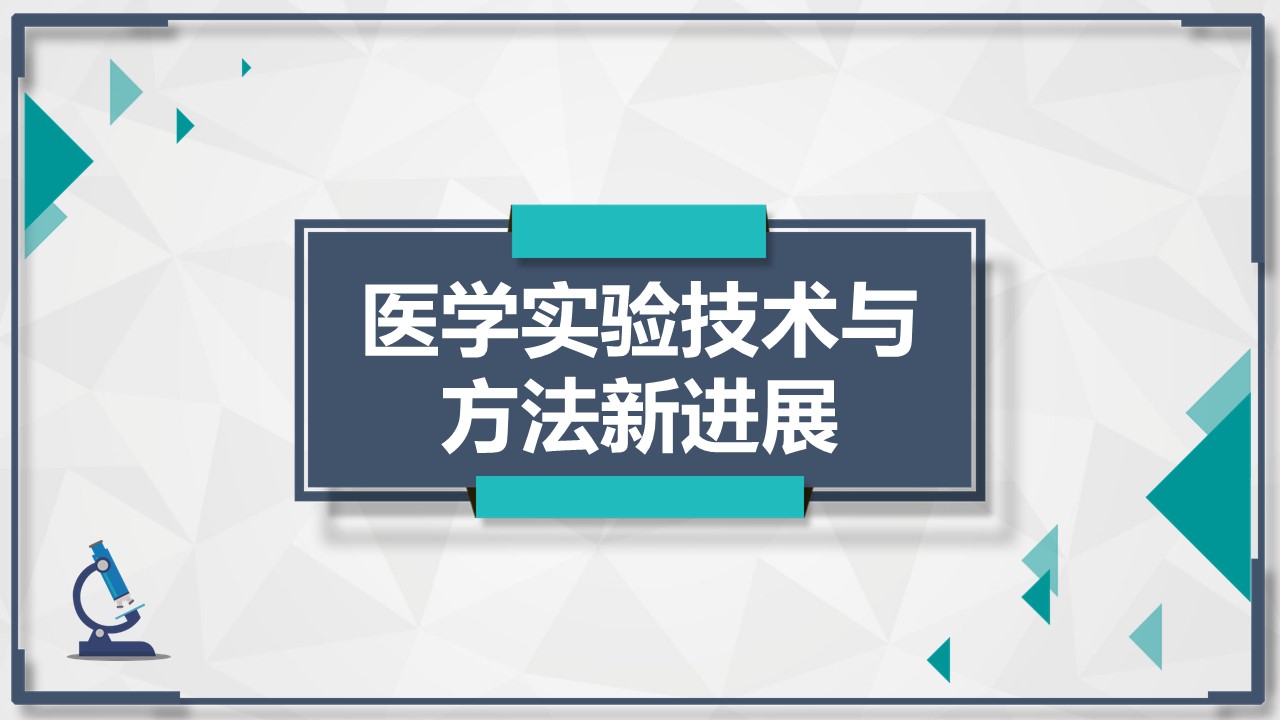
当前课程知识点:Science-based Food Safety Supervision > Chapter 16 New Challenges and Strategies > Discussion questions- new challenges for food safety supervision > Chapter 11 Traditional Detection Methods for Food Safety by Dr. Jerry Teng
返回《Science-based Food Safety Supervision》慕课在线视频课程列表
Chapter 11 Traditional Methods by Jerry
Ladies and Gentlemen! Welcome to our lecture. The topic I am going to discuss today is the traditional detection methods involved in food safety.
Food analysis and all analytical technologies in general, basically answer two questions: What it is? And how much is in it? That is, what is the elemental or molecular or biological composition in the sample? And it is also involved in the identity and structures and some properties.
How much? We normally report in concentrations. As for microorganism, we report the enumerations, the numbers, not the traditional concentration.
As for the food hazards, those are the factors present in food naturally and potentially. Which have the potential to harm human and cause illness? They are chemical in nature, and also could be physical in nature and microbiological in nature. So, three types of food hazards, chemical, physical, and biological.
According to the three types of the food hazard, we are going to discuss the method respectively.
For the determination of microorganisms, the standard method, still the culture based method. It is based on the enumerations or counting numbers of a microorganisms or colonial forming units. Not the individual microorganism. It counts the big dots under the microscope. And after sampling and culture under microscope examination. And there are lots of microorganism exists in food coming from all different sources.
They are basically known as foodborne pathogens, the microorganisms which potentially cause harm to human, including many microorganisms such as the Salmonella such as the E. coli. They have two basically influences on human health. First one is causing the infection or causing the diseases. Second one is producing the chemical which potentially harm human health. The second type can be treated as chemically hazards. Then can be detected using methods for chemical hazards.
As for the determination of microorganisms, the quantitative method is to enumerate and estimate the colony forming unit. And the qualitative method is to determine what type of microorganism exists. By the bacteria classification.
So the traditional is still the culture based method that counts the viable bacteria. Because normally we have to go through a culture which required that they are alive. Of course the dead one will not be counted.
And for the chemical hazards, there are two groups, one is metal elements, we can call them toxic metal elements. The second group is organic compounds.
For the methods, basically there are three types.
First one we called screening method or the fast method or the on-side method. Basically we need the methods which will give the result very quickly, requires little sample pretreatment, gives the positive or negative result. And there are many methods exist and now the most popular ones including ELISA and PCR, and they will be not discussed here.
The second type is determinative method, or quantitative method. For this one, we need to separate and quantify of the chemical hazards. And the most important methods and most popular methods in this group based on chromatographic methods, such as HPLC, and GC. HPLC stands for high performs liquid chromatography and GC stands for gas chromatography.
And the third type is called the identification method or confirmative method. Sometimes we have some unknown; we don’t know what it is. So we have to use method to positive identify what is the chemical compound. Then this method is basically involved technology of structure capability, such as mass spectrometry.
Determination of trace elements, toxic metals, which can be nutritional or can be toxic.
Then according to the regulations, we need to know the identity and the concentrations of some elements in food.
The toxic metals such as Lead (Pb), Mercury (Hg), the nutritional ones such as Potassium (K), Sodium (Na), there are something in another group, at low concentration they are nutritional, and at high concentration they are toxic, such as Selenium (Se). We need to detect the concentrations of these elements.
The general procedure just like any analysis, there are three procedures. The first one sampling, second one preparation, and the third step is analysis. The sampling is how to select the representative part of the sample, not the whole sample. And the second one is we handle or treat the samples to the type of substance which can be handled by the instrument for the analysis. The last part is the analysis, and for the elemental determination, they can be divided into single element technologies and multiple element technologies.
The first one is such as colorimetry and ion-selective electrode (ISE). The second type includes inductively coupled plasma mass spectrometry (ICP-MS), and also inductively coupled plasma atomic emission spectrometry (ICP-AES).
For the analysis of organic compounds, or sometimes inorganic compounds, there are many methods; the most important method is chromatography method, and methods shown here or the combination of any of two of them sometimes more than two. Gas chromatography and then liquid chromatography, and all the chromatography including two phases. First one is the mobile phase, mobile phase is one moving, and that is gas or liquid. And the second part is the stationary phase; stationary phase is normally put into a column or on a plate. And then the mobile phase moving around the stationary phase then there were some interactions taken place which result in separation of the unknown analytes, then the detection is carried out by the detectors.
So, basically there are three types of chromatography. Gas chromatography, the mobile phase is gas and the volatile compounds can be handled by GC. Others the nonvolatile compounds and thermo unstable organic compound handled by liquid chromatography.
Ions can be handled by ion chromatography and ion exchange chromatography.
For the physical hazards, sometimes we call them extraneous matters, such as stone and the animal feces exists in food, the unavoidable but NOT part of food, NOT the food ingredients. Sometimes we call physical hazard. Those can be handled by physical method such as the sieving such as the separation by different solvent depends on the difference in densities. They also can be handled by chemical method.
That is the general review about the traditional method to handle three basic types of food hazards, microbiological hazards, physical hazards, and chemical hazards.
Thank you.
返回《Science-based Food Safety Supervision》慕课在线视频列表
-Chapter 1 Course Introduction by Dr Tang
-Discussion questions-case study
-Chapter 2 Food and Food Requirements by Dr. Tang
-Multiple choice questions- choose one from four to five
-Chapter 3 Food Safety and Food Defense by Dr. Tang
-Multiple choice questions- choose one from four to five
-Chapter 4 Hazards from Emerging Pathogens By Dr. Nimal Pathiraja
-Multiple choice questions -choose one from four to six
-Chapter 5 Zoonoses By Dr. Nimal Pathiraja
-Topic discussion-zoonose and animal drug residues
-Chapter 6 Pesticides and Residues by Dr. William Riley
-True or false questions
-Chapter 7 Mycotoxins by Dr. William Riley
-True or false questions
-Chapter 8 Biofilm and Food Safety by Dr. Tang
-Multiple choice questions-choose one from four to six
-Chapter 9 Processing -Induced Hazard-Acrylmide by Dr. Tang
-True or false questions
-Chapter 10 Oxidative Hazards- MDA by Dr. Tang
-Topic discussion-oxidative hazards in meat products
-Chapter 11 Traditional Detection Methods for Food Safety by Dr. Jerry Teng
-Multiple choice questions -choose one from four
-Chapter 12 Contemporary Detection Method-Biosensor for Food Safety by Dr. Jerry Teng
-True or false questions
-Chapter 13 FATTOM and Hurdle Technology for Food Safety Control by Dr. Tang
-Multiple choice questions-choose one from four to five
-Chapter 14 Food Poisoning and Emergency Response by Dr. Nimal Pathiraja
-Multiple choice questions-choose one from four to six
-Chapter 15 Food Safety Traceability by Dr. Nimal Pathiraja
-Multiple choice questions-choose one from four to five.
-Chapter 16 New Challenges for Food Safety by Dr. Tang
-Discussion questions- new challenges for food safety supervision



